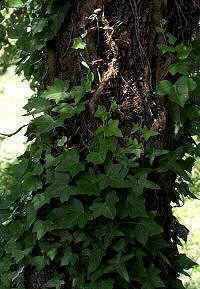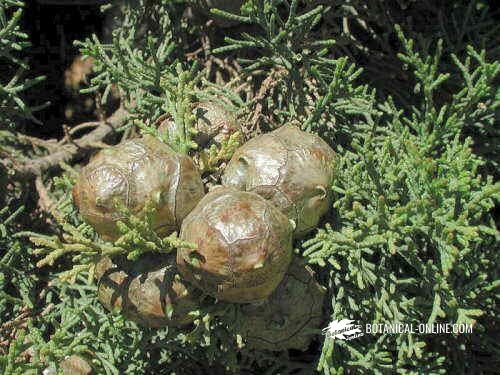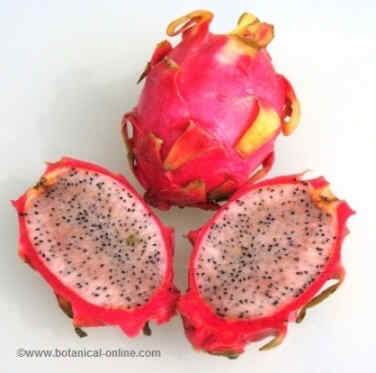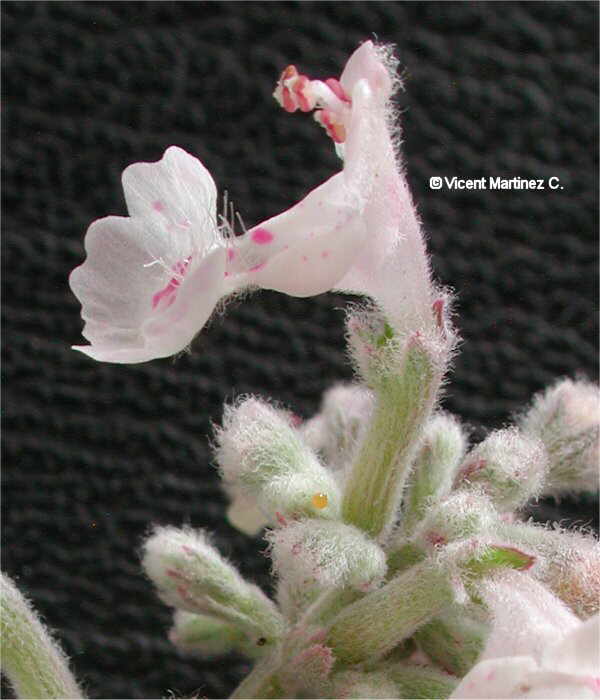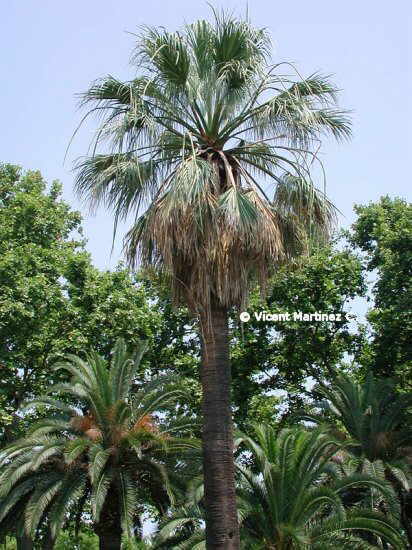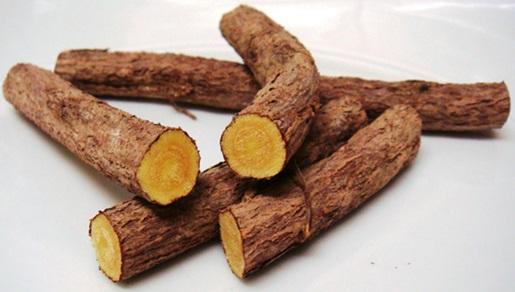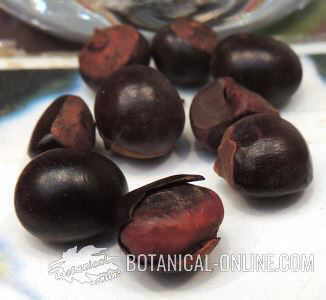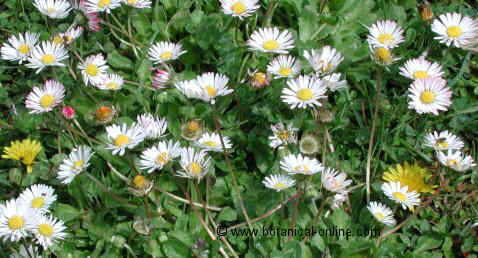Contents
Health benefits of nopales
Nopalito, a vegetable from Mexico
A nopalito or nopal is the young stem of a cactus plant native to Mexico, that now grows wild throughout the Mediterranean basin.
The whole plant (Opuntia ficus-indica) is commonly called nopal, cactus pear, prickly pear, fig tree, etc. It is a shrub common in rural areas, gardens and orchards.
From cactus plant we eat the prickly pear fruits and the young stems or nopalitos. Nopalitos or nopales refers to young plant stems, while the adults stems are called pads, and they are not consumed.
The cactus or succulent pads are elliptical in shape and bright green.Their skin is tender, thin, and may have thorns, so you should handle them with care and remove them before eating.
*More information about the nutritional value of Prickly pear food.
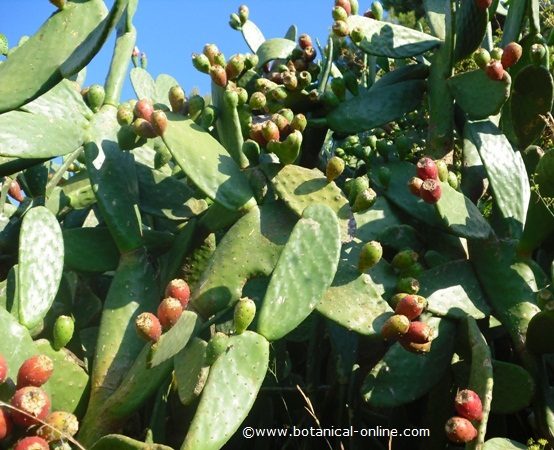
In the image, prickly pear plant
Nutritional properties of nopales
Nopales have a nutritional profile similar to vegetables.
They contain mostly water (90-95%) and are rich in fiber, so it is recommended in a healthy diet, especially in weight loss diets and heart diets.
Nutritionally, they are poor in carbohydrates, so they are suitable for diabetes. In addition, recent studies have shown that can have hypoglycemic effect.
In the eighteenth century, the cactus plant became popular with sailors as an antiscorbutic food (source of vitamin C) and to avoid dehydration.
Indeed, both the fruit and stems of this plant are an excellent source of vitamin C, beta carotene and tocopherol. These substances are natural antioxidants that assist the body’s wellbeing.
Nopalitos are also rich in minerals, including magnesium and potassium. They are low in sodium, so people can take them safely for hypertension diet.
Another important component of the cactus is its richness in soluble fiber (pectin and mucilage), which gives satiating properties, suitable to combat constipation and cholesterol.
Traditional medicine used nopales to prepare an emollient poultice due to its demulcent ability to soften body tissues.
Composition of nopales and prickly pear fruits
| Composition of Nopales and prickly pear fruits per 100 g. | ||
| Nutrient | Nopales | Prickly pear fruits |
| Calories (Kcal.) | 16 | 41 |
| Carbohydrates (g.) | 3,39 | 9,57 |
| Proteins (g.) | 1,28 | 0,73 |
| Fat (g.) | 0,12 | 0,51 |
| Fiber (g.) | 2,30 | 3,60 |
| Vitamin C (mg.) | 13,40 | 14 |
| Vitamin B1 or Thiamin (mg.) | 0,01 | 0,01 |
| Vitamin B2 or riboflavin (mg.) | 0,04 | 0,06 |
| Vitamin B3 or niacin (mg.) | 0,52 | 0,46 |
| Vitamin B6 or pyridoxine (mg.) | 0,07 | 0,06 |
| Folate (mcg.) | 3 | 6 |
| Calcium (mg.) | 163 | 56 |
| Magnesium (mg.) | 58 | 85 |
| Phosphorus (mg.) | 17 | 24 |
| Sodium (mg.) | 22 | 5 |
| Potassium (mg.) | 319 | 220 |
| Iron (mg.) | 0,68 | 0,30 |
| Zinc (mg.) | 0,29 | 0,12 |
| Copper (mg.) | 0,06 | 0,08 |
| Selenium (mcg.) | 0,70 | 0,60 |
| Water (g.) | 93,93 | 87,55 |
How to eat nopalitos?
Nopalitos can be eaten raw in salads, cooked (boiled, baked, etc.) or canned.
* More information about El Nopal in food.
Where to buy Nopalitos?
They can be purchased in local markets where the plant is native. However, in some countries where it is grown, it is customary not to consume them and they are not generally found in the usual outlets, as happens in some Mediterranean countries.
Toxicity, contraindications and side effects of nopalitos
Because of their content in oxalates, it is recommended before eating nopalitos to boil them and discard the cooking water.
This is specially recommended for people with certain health problems to whom taking oxalates can be more harmull, such as people with arthritis or people with a tendency to develop kidney stones.
![]() More information about prickly pear
More information about prickly pear

